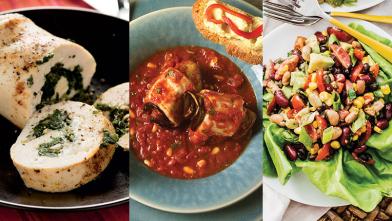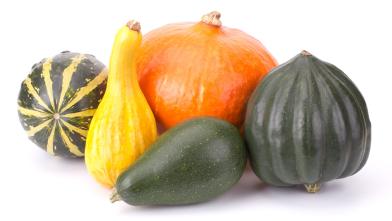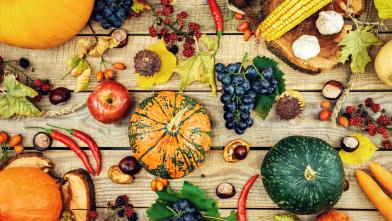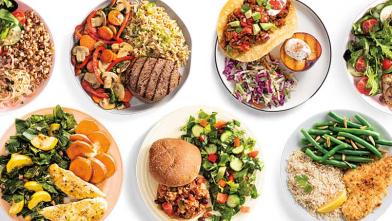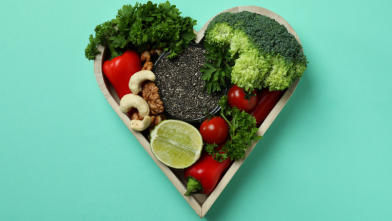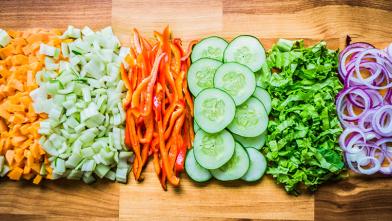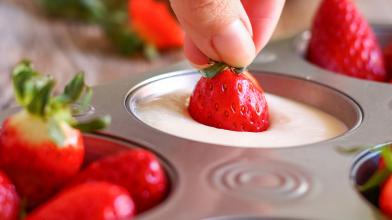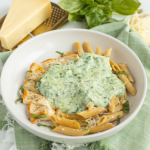
Why You Should Eat Basil
Beyond its delightful taste, basil boasts an array of nutritional benefits. Loaded with vitamin K, just two tablespoons of fresh chopped basil provide nearly 100% of your recommended daily intake. Vitamin K benefits include supporting bone, cognitive, and heart health. This herb also packs a punch with essential oils, antioxidants, iron, calcium, and magnesium, which have been associated with anti-inflammatory properties, improved digestion, and cardiovascular health.
A key antioxidant found in basil is rosmarinic acid, which has been linked to anti-inflammatory effects and may help protect against chronic diseases such as heart disease and certain types of cancer. Basil is also rich in beta-carotene, which is converted to vitamin A in the body. Beta-carotene acts as a powerful antioxidant that helps protect cells from damage caused by free radicals.
How to Grow, Shop, and Store Basil
Basil is a member of the mint family, and its roots lie in Central Africa and Southeast Asia. In the U.S., you'll find basil thriving in states with warm climates like California and Florida. It’s very easy to grow at home in a pot, and this herb loves to soak up the sun—so plant it outdoors or give it a cozy spot near a sunny window indoors.
When shopping for basil, seek out fresh, vibrant leaves sporting a bright green hue. Steer clear of wilted or discolored leaves, which signal older or poorly stored basil. Basil can be found as a whole plant or loose leaves. Opting for whole plants ensures a longer shelf life and allows you to pluck leaves as needed.
To preserve basil's freshness at home, trim the stems and place the herb in a glass of water. Alternatively, wrap the stems in a moist paper towel and store them in a refrigerated plastic bag.
Fresh vs. Dried Basil
Fresh basil and dried basil each have their own distinct characteristics and are best suited for different culinary applications. Fresh basil offers vibrant flavor, a delightful aroma, and a bright green color. It works wonderfully in dishes that require its fresh and aromatic essence, such as caprese salad, pesto sauce, and bruschetta. The tender leaves can be torn or chopped and added at the end of cooking to preserve their delicate flavor.
Dried basil, on the other hand, has a more concentrated flavor profile. It is perfect for long-cooking dishes like stews, soups, and sauces, where the dried leaves have time to infuse their essence throughout the dish. While dried basil lacks the fresh herb's vibrant visual appeal, it is a convenient pantry staple that imparts a hint of basil's characteristic taste. Whether you choose fresh or dried basil depends on the recipe and the desired flavor intensity.
Diabetes-Friendly Recipes Featuring Basil



Sausage and Fresh Basil Fast Frittata
Whether nurtured in your own garden or sourced from a local store, basil is a culinary essential that adds a dash of magic to any dish. By incorporating basil into your meals, you're not only enhancing the taste but also nourishing your body with its nutritional value. Embrace the versatility of basil, and let it be a flavorful and health-boosting addition to your meals.







